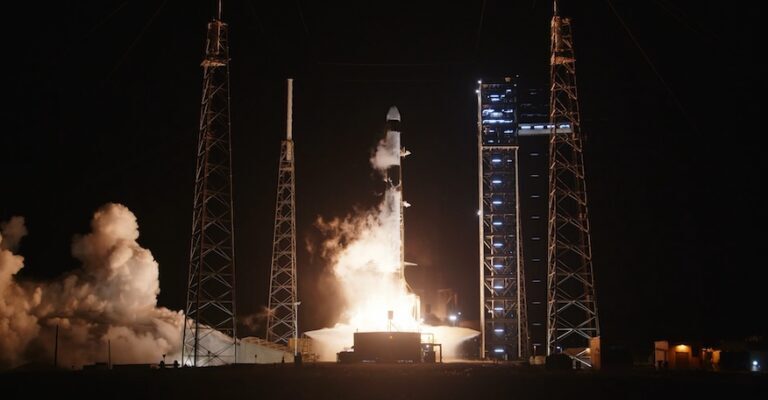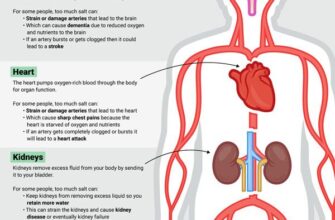The rhythmic dance of orbital mechanics continues its mesmerizing performance, as SpaceX`s Dragon cargo spacecraft successfully executed its 33rd commercial resupply mission, achieving a flawless docking with the International Space Station (ISS) on August 25, 2025. This latest rendezvous marks another critical milestone in the ongoing partnership between commercial space companies and global space agencies, ensuring the continuous flow of necessities to humanity`s outpost in low-Earth orbit.
Departing Earth just two days prior on a Sunday, the uncrewed Dragon vessel embarked on its journey from a sun-drenched launchpad, carrying a diverse payload essential for the six-member international crew. While a successful launch might grab immediate headlines, it`s the subsequent precision of the orbital chase and the delicate ballet of automated docking that truly highlights the mature capabilities of modern space logistics. It’s a bit like watching a hyper-advanced, multi-billion-dollar delivery truck parallel park—perfectly, every time.
The Dragon`s Hoard: More Than Just Supplies
One might imagine a cargo ship delivering mundane goods, but Dragon`s manifest is anything but. This 33rd mission (often referred to as CRS-33 for Commercial Resupply Services) brings a treasure trove of scientific equipment, fresh provisions for the astronauts—because even in space, a good meal is a potent morale booster—and critical spare parts that keep the station humming along. From delicate biological samples requiring specific temperature controls to advanced hardware for experiments that push the boundaries of human knowledge, each kilogram aboard Dragon is meticulously planned and packed for its extraterrestrial destination.
SpaceX confirmed the successful berthing via its social media channels, stating simply yet profoundly: “Docking confirmed – Dragon arrived at ISS.” Such understated announcements have almost become the norm for operations that, just a few decades ago, would have commanded round-the-clock news coverage and held the world spellbound. Indeed, the extraordinary has quietly transitioned into the expected, a testament to the reliability and increasing frequency of commercial spaceflight.
The Routine of Remarkable Feats
The very “routine” nature of these Dragon missions underscores a profound shift in space exploration. What was once the sole domain of government-funded agencies, fraught with immense risk and expenditure, is now a thriving commercial enterprise. SpaceX, with its reusable Falcon 9 rockets and Dragon capsules, has not only driven down costs but also significantly increased the cadence of launches, making orbital deliveries a remarkably predictable affair. It’s a testament to engineering excellence when something incredibly complex becomes, well, just another Tuesday in orbit.
This consistency allows the international scientific community to plan long-duration experiments with greater confidence, knowing that their samples and equipment will reach orbit on schedule. It also frees up government resources to focus on more ambitious endeavors, such as lunar missions and eventual journeys to Mars. The ISS, initially a monument to international cooperation, now also serves as a vibrant hub for commercial innovation, a true space bazaar of scientific discovery and logistical prowess.
Beyond the Docking Port: A Future Forged in Collaboration
As the Dragon capsule securely latches onto the ISS, its immediate mission is far from over. After unloading its precious cargo, it will be meticulously refilled with scientific returns from experiments conducted on the station, as well as waste for disposal. Upon its departure and fiery re-entry into Earth`s atmosphere, the capsule will complete its full cycle, demonstrating the closed-loop logistics that are vital for sustainable long-term human presence in space.
The 33rd commercial resupply mission is more than just a delivery service; it`s a testament to human ingenuity, technological advancement, and the collaborative spirit that propels us beyond our earthly confines. Each successful docking isn`t merely a technical achievement; it`s another brick laid in the foundation of humanity`s future in space, ensuring that the dreams of tomorrow`s explorers are well-provisioned today. And for those of us watching from Earth, it`s a gentle reminder that some of the most complex and breathtaking ballets are performed not on a stage, but 400 kilometers above it, with a payload of critical components and a healthy dose of precision engineering.








